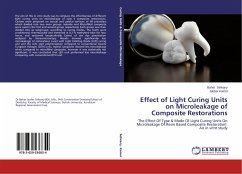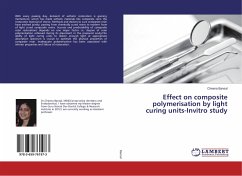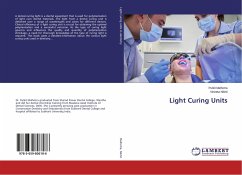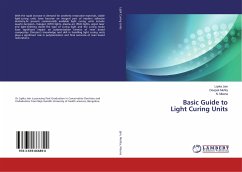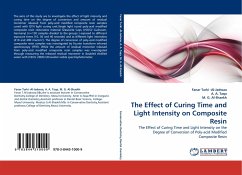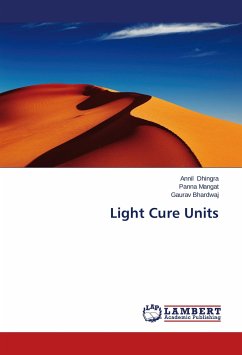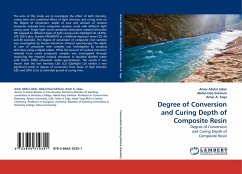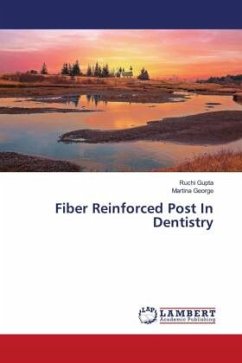The aim of this in vitro study was to compare the effectiveness of different light curing units on microleakage of class V composite restorations. Cavities were prepared on buccal and palatal surfaces of 84 premolars which divided into two main groups. Hybride and Microfilled composite were used in the first and second group respectively. Each group was then divided into six subgroups; according to curing modes. The teeth were conditioned, thermocycled and immersed in 0.2 % methylene blue for four hours, and sectioned longitudinally. Extent of the dye penetration analyzed by Stereomicroscopy. Results showed significantly less microleakage of restorations cured with Light Emitting Diode (LED) curing unit and the soft- start polymerization compared to conventional Quartz Tungsten Halogen (QTH) units. Hybrid composite showed less microleakage when compared to microfilled composite, however it was statistically not significant. It was concluded that LED unit performed less microleakage comparing with conventional QTH unit.
Bitte wählen Sie Ihr Anliegen aus.
Rechnungen
Retourenschein anfordern
Bestellstatus
Storno

